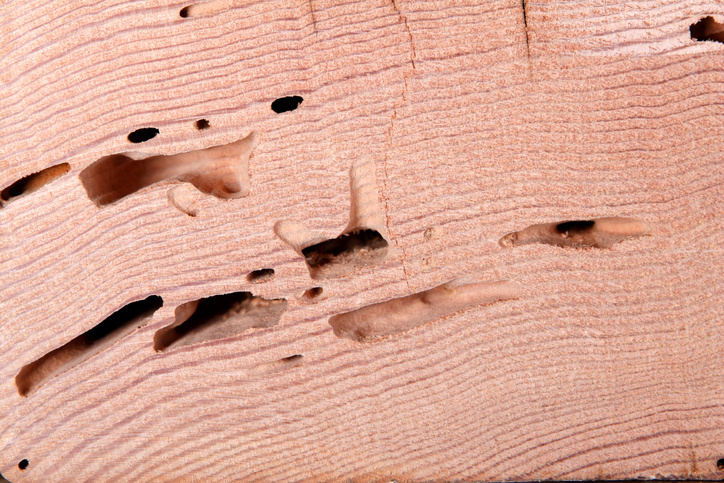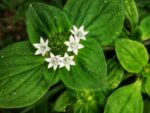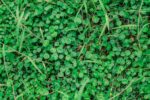
Termite Detective: Drywood Termites
Termites are silent destroyers, and drywood termites are no exception. Understanding how to identify these pests early can save you from extensive damage to your home. In this guide, we’ll walk you through the key identifiers of drywood termites, helping you become a termite detective and protect your property.
Identifying Drywood Termites
Drywood termites are a common problem here in Palm Beach County and the Treasure Coast, known for their ability to infest and damage wooden structures without being detected for a long time. Unlike subterranean termites, drywood termites do not require contact with soil, making them harder to spot. Drywood termites live and eat wood from the inside, so you’ll need true detective work to find everywhere they are hiding. This is why a professional pest control company like Hulett, the termite experts of South Florida, is needed.
Physical Characteristics of Drywood Termites
Drywood termites are typically pale, caramel-brown, with a length of about 3/8 to 1 inch. They have a straight waist and antenna, which helps differentiate them from ants and other insects. The most common drywood termite in South Florida, the West Indian drywood termite Cryptotermes brevis will have four, equal-sized wings that are longer than their body, that are iridescent with a rainbow-colored tint.
Differences Between Drywood Termites and Other Termites
One key difference between drywood termites and other types, such as subterranean termites, is their habitat. Drywood termites live entirely within the wood they infest, while subterranean termites build mud tubes to travel between their nest in the soil and their food source. Understanding these differences is crucial for accurate identification and effective treatment. Drywood termites are treated by the “No-Tent” method, injecting specialized products in termite galleries, or fumigation, whereas subterranean termites are treated using the Sentricon baiting system or soil treatment.
Signs of a Termite Infestation
Spotting the signs of a drywood termite infestation early can prevent severe damage. Here are some indicators to watch out for:
Drywood Termite Droppings
Drywood termites produce pellet-like droppings known as frass. These tiny, hard pellets are often found in small piles beneath infested wood. The frass is six sided with a pointy end, and can be a variety of colors, depending on the wood the termites are consuming, and frass is a telltale sign of their presence.
Termite Wings and Termite Mud Tubes
After swarming, drywood termites shed their wings, leaving behind small piles of wings near windowsills or other entry points. However, if you see mud tubes, this is instead an indicator of subterranean termites like the Asian or Formosan subterranean termite.
How to Dispose of Termite Infested Wood
When dealing with drywood termites, the location and type of infested wood plays a crucial role in determining the best course of action. If the infested wood is part of your furniture, for example, replacing the damaged sections might be possible and practical. However, if the termites have invaded wood within your attic or walls, replacement can be extremely difficult and costly, and professional treatment is the best recourse, rather than wood replacement. Professional treatment ensures that all termites are eradicated, preventing further damage and protecting your home from future infestations.
Protect Your Home: Contact Hulett for Termite Control
Early detection and professional treatment are key to protecting your home from drywood termites. Hulett Environmental Services offers expert termite control services, utilizing green, eco-friendly solutions that are safe for your family and pets. Our professional technicians, trained by graduated entomologists, will inspect your property and provide effective treatment plans to eliminate and prevent termite infestations.
Don’t wait until it’s too late. Call Hulett today for a free inspection and take the first step in safeguarding your home against drywood termites. By understanding the different termite treatment options and staying proactive with routine inspections, you can effectively protect your home from these destructive pests. Trust Hulett Environmental Services to provide the best solutions for all your termite control needs.




